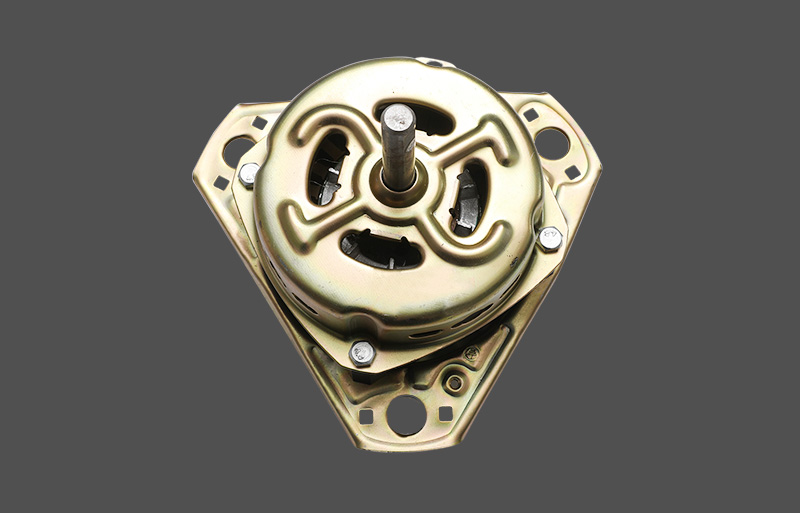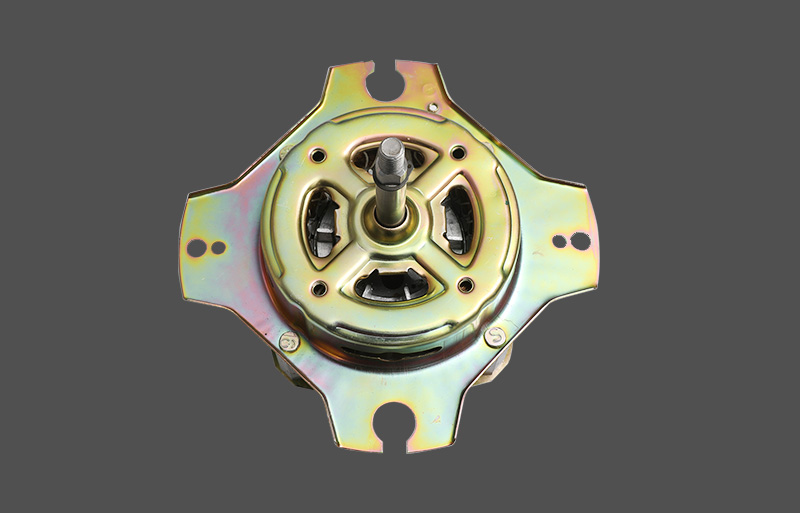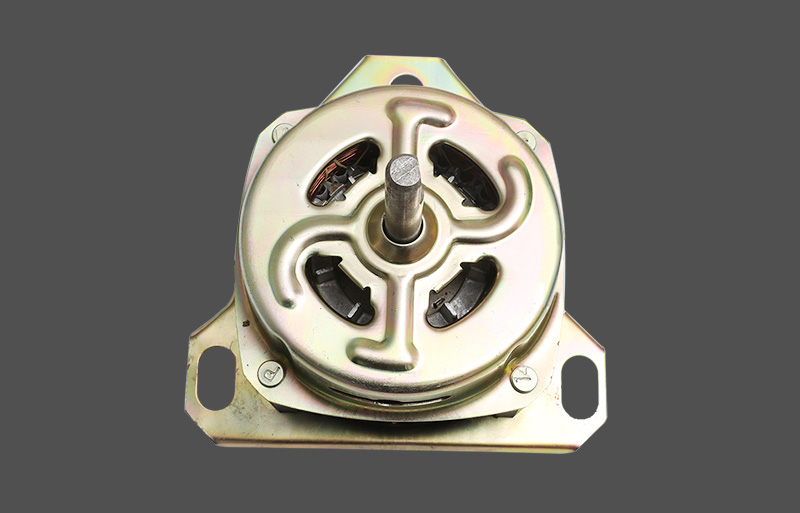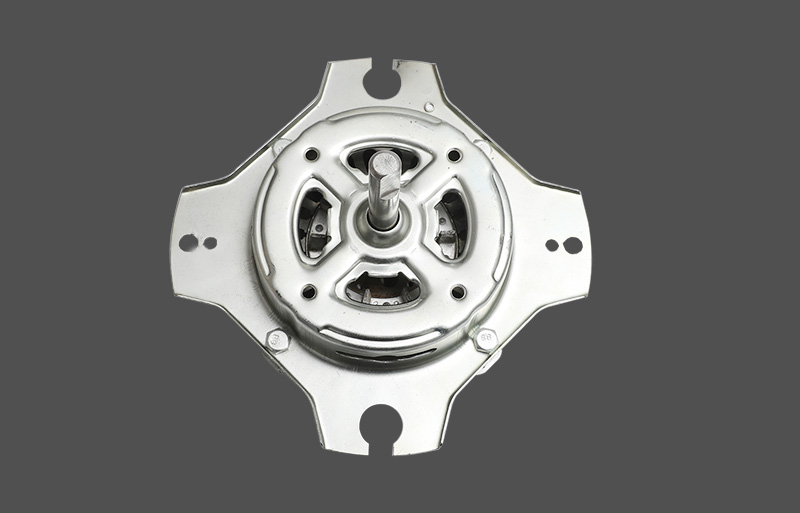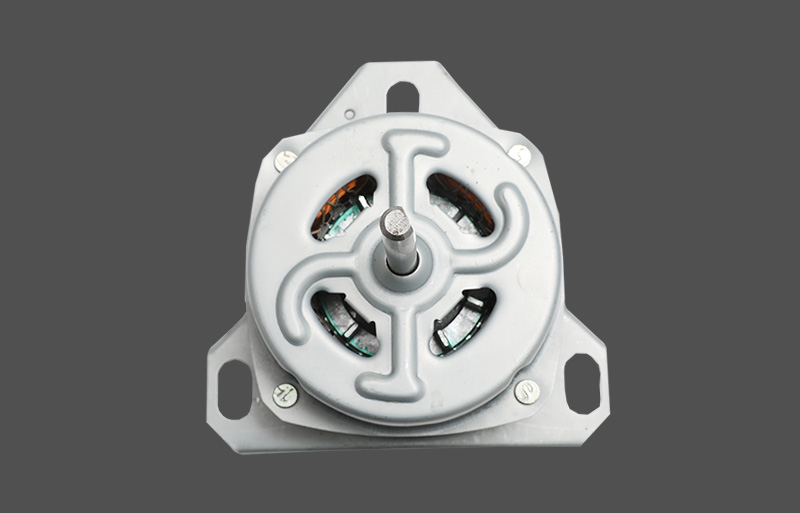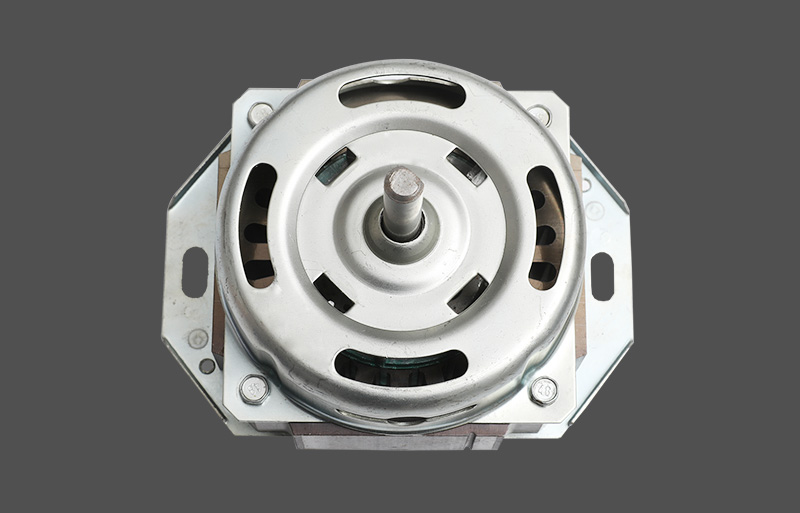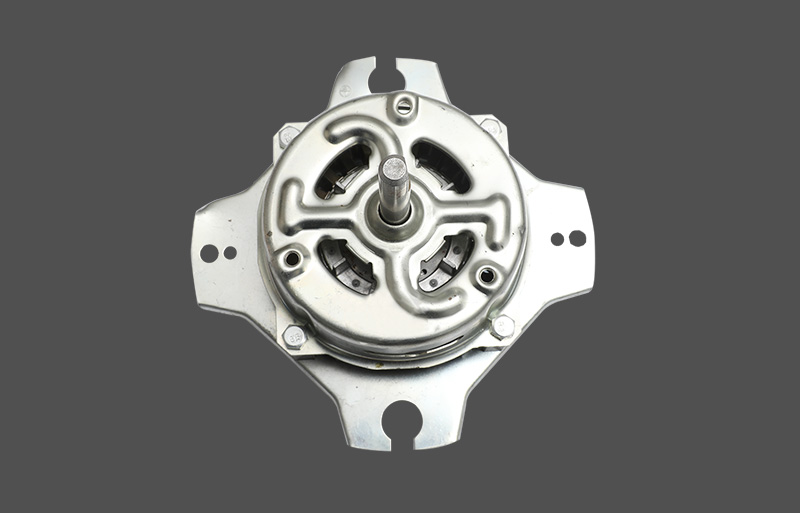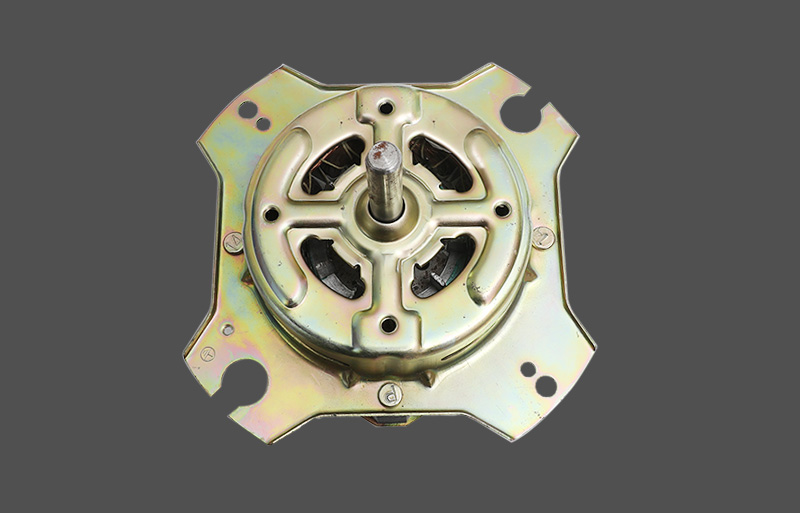The installation of rotating machine motors is a key link to ensure stable operation of equipment, extend service life and improve production efficiency. In order to achieve correct installation and reliable operation of the motor, a series of professional precautions must be followed.
Preparation before installation
Before installing the motor and its accessories, a comprehensive inspection is required. This includes confirming whether the motor housing is intact, whether the fan cover and fan blades are complete, and whether there is any jamming or collision on the rotating part of the rotor. At the same time, it is necessary to check whether the power, model and voltage of the motor meet the design requirements to ensure that the stator and rotor are free of rust.
Preparing suitable installation tools is also crucial. According to the installation method and specifications of the motor, tools such as fixed torque wrenches, levels, and gaskets need to be prepared. Ensure the accuracy and reliability of the tools used to avoid installation errors caused by tool problems.
In addition, the cleaning of the installation environment should not be ignored. Make sure that the ground is flat, dry, and free of debris and oil. Check whether the size, position and strength of the installation foundation meet the design requirements to ensure that the motor can be installed stably.
Key steps in the installation process
When determining the installation location of the motor, it should be reasonably arranged according to the operating requirements and spatial layout of the equipment. Ensure that the motor installation position meets the design requirements and is convenient for daily maintenance and repair.
When fixing the motor, use a fixed torque wrench to tighten the motor screws to ensure that the motor is fixed reliably. During this process, pay special attention to the horizontality and verticality of the motor to avoid vibration and noise caused by improper installation.
When connecting the cable, be sure to ensure that the cable specifications and length meet the design requirements, and ensure that the connection is firm and reliable. In addition, the insulation performance of the cable needs to be checked to prevent electrical failures caused by aging or damage.
After the motor is installed, a trial run is a necessary step to confirm that the motor's direction meets the design requirements. If the direction is incorrect, the motor wiring needs to be adjusted in time to ensure the normal operation of the motor.
During the installation process, be sure to install appropriate safety protection devices, such as protective covers and protective nets, to prevent the motor from causing harm to personnel during operation.
Inspection and testing after installation
After the motor is installed, its installation quality needs to be fully inspected. This includes the horizontality, verticality, fixing reliability, and cable connection of the motor to ensure that all installations meet the design requirements and can operate stably.
Conducting electrical performance tests is another important step to ensure the normal operation of the motor. This includes measuring the motor's insulation resistance, current, and voltage to ensure that its electrical performance meets the design standards.
Finally, a no-load test run is performed to check whether the motor runs smoothly and whether there are any abnormal sounds or vibrations. If any problems are found, they need to be adjusted and handled in time to ensure the normal operation of the motor.




